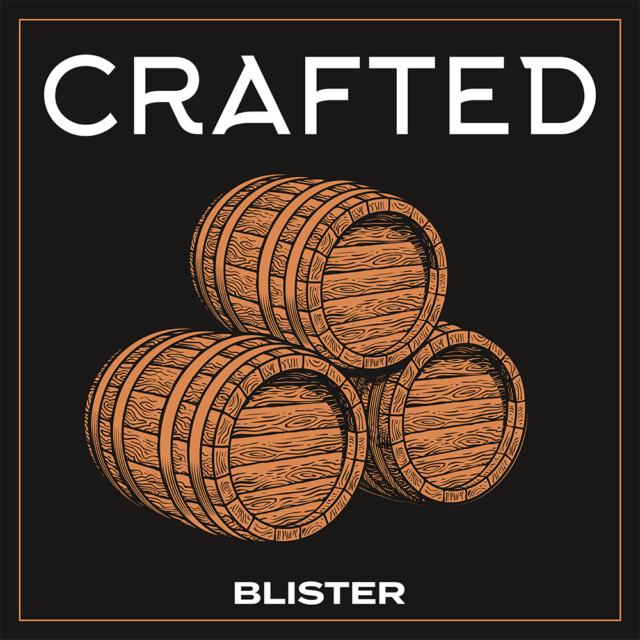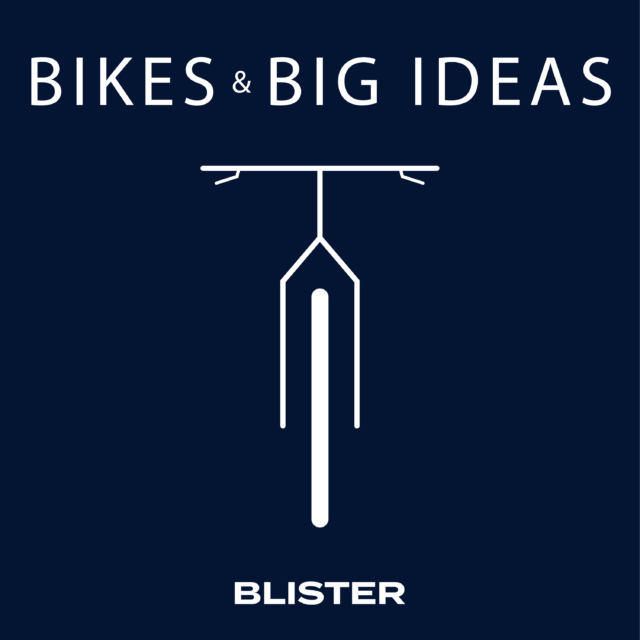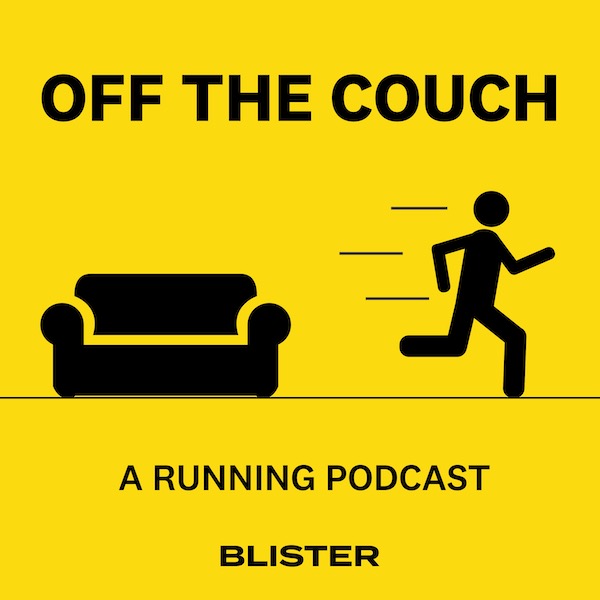

Leave a rating and / or review in the Apple Podcast app or on the Spotify app.
This free, 30-second action on your part lets us know you value all the time & energy that goes into producing & publishing GEAR:30, and it ensures that we can keep the show going.
How to Leave a Rating / Review on Apple Podcasts
- Open the Apple Podcast App
- (if you’re on your phone, simply click this link)
- Go to the icons at the bottom of the screen and choose “search”
- Search for “GEAR:30”
- Click on the SHOW — *not* the specific episode
- Scroll down to “Ratings and Reviews”
- Click on “Tap to Rate” and leave us a 5-Star Rating!
- Below that, you can click Write a Review if you’d like to share a few words
How to Leave a Rating on Spotify
- Currently, you can only rate a podcast in the Spotify mobile app
- (if you’re on your phone, simply click this link)
- Navigate to the GEAR:30 show on Spotify (not to a specific episode)
- Tap the star icon underneath the podcast description and if you like the show, leave a 5-star rating
- On Spotify, you need to listen to at least one episode before you can rate a podcast.
Are you an “expert” skier or rider? Advanced skier? Intermediate? What’s the difference between “advanced” and “expert”? Today, we’re following up on my GEAR:30 conversation with Luke Koppa (episode 277) to revisit these questions — having received a lot of great responses from all of you. Joining me today to rethink these things is Jordan Jones, co-founder and president of Powder7, to provide a retailer’s perspective on these things. See what you think, and let us know whether you think we ought to change or tweak our 6 ability level categories for Community Reviews.
RELATED LINKS:
OpenSnow.com/Blister
Taos Ski Valley Ski Week
Join Us! Blister Summit 2024
Get Yourself Covered: BLISTER+
Ep. 277: Jonathan & Luke on Skier Ability Levels
TOPICS & TIMES:
Meeting Up in Girdwood, AK (8:15)
Technique (12:37)
Is Our Bar Too High for “Expert”?(16:46)
Our “Advanced” Category (25:53)
Advanced & Expert Descriptions (28:56)
Assigning Ability Levels to Skis (32:04)
Skier Weight vs Skier Power (39:13)
Skier Personality / Style (44:29)
Accounting for Different Conditions / Locations (48:10)
Monoskiing (51:27)
Final Thought: The Best Skiers on the Mtn (59:08)









I’ve always viewed “are you an expert skier” as more of a personality test than a reliable indicator of skill.
If somebody answers “yes” then they’re either:
1. A World Cup / FWT / whatever rider
2. So far to the left of the Dunning-Kruger curve that they don’t know what an expert skier really is
Needless to say the second category is more common.
https://www.researchgate.net/publication/12688660_Unskilled_and_Unaware_of_It_How_Difficulties_in_Recognizing_One's_Own_Incompetence_Lead_to_Inflated_Self-Assessments
Another remark: With regard to certain skis “only being of interest to experts”, I don’t agree with that premise. I have well over a thousand days on snow in my life, but I’ve done that ~40 days/season at and don’t consider myself to have ever broken through to “expert”.
With that said I ride FIS racing skis and big/heavy freeride skis like the Pro Rider, Fischer 107Ti, and Faction Dancer 4. I’m also a stereotypically “big” skier as described at ~40:00. I like to think I still have a decent bit of power left in my legs, too.
I’m in awe of smaller skiers who can generate power through technique, though. Those are true experts IMO.
Lol incredibly spot on. One confusion here I think is that most people who ski are terrible at it – they only go 5ish days a year. To the hoard, I’m an “expert skier” but to myself I know I’m so far from expert that it’s ludicrous to think that.
This is very different than almost any other sport (maybe not golf?). If you played an organized sport competitively at the high school level you may have said you were “decent” at it. d3 College “good”. d1 excellent. I’m a decent soccer player and I’ve played soccer WAY more than I’ve skied (200 days a year easy for 15 years). Thing is, most 22 year olds playing soccer are pretty dang competent.
Love this conversation because this nuance in skiing was what attracted me to Blister in the first place. I do think an Advanced/Expert category would be good because Advanced is too broad. From attending every Blister Summit, I also think providing my understanding of the skier ability scale would be insightful.
For context, skiers and riders at the Blister Summit are divided into four groups: Intermediate, Advanced, Advanced/Expert, and Expert. Everyone self-selected their group, and no one was ever told they cannot be in a group. This context is critical because I would think most people are critical of the ability scale fearing being excluded from skiing.
Over the last three Summits, the vast majority of participants split their time between the Advanced and Advanced / Expert groups. The next most popular group was the Intermediate group. Hardly anyone spent the majority of their time in the Expert Group. What distinguished these groups was variety of terrain and pace of skiing / breaks in a run. The Advanced group would ski the biggest variety of terrain and take 2-3 breaks on a run. The Advanced / Expert and Expert groups pretty much skied the same terrain. The difference was that the Advanced / Expert group would stop during a run, and the Expert group raced to the bottom. The distinction among Advanced, Advanced / Expert, and Expert was less about sheer ability, and it was more of a combination of knowledge of technique from formal instruction, athleticism, and ambition. These factors ultimately play into how fast someone can ski most double black terrain. Below is a further analysis of each group.
Advanced: This is the Type III skier on the binding chart. These skiers can ski every run on the mountain, but technique will get compromised depending on terrain and conditions. The important thing to know about these skiers is that they will ski a ski and tuned and set up at a shop with no modifications. Their safety concerns for bindings is releasing from a binding when appropriate. Any skier of any ability would be happy to ski with these skiers in a group ski session because they are good skiers.
Advanced / Expert: These skiers can ski every run on the mountain with good technique in good conditions. They make minor adjustments to their gear or have specific gear preferences that go beyond ski shop standards: they may increase their din (Type III+ in some shops), only ski certain bindings, etc. Their technique is not good in all conditions because that’s not been a requirement in their experience. However, they’ve skied enough by living in a ski town, becoming a PSIA Level 2 or above instructor, or dabbled in some competitions, that they are in the top 2% of skiers. That means for every 1-in-10 skiers this skier skis from the lift, there’s good chance (>50%) that one of the skiers watched a comparable skier to this skier. This skier is probably still more concerned about releasing from their bindings than pre-releasing, but they are aware that pre-releasing can be an issue. In good conditions, this skier can ski with a skier of any ability.
Expert: This skier will all runs in any conditions with good technique because they have been trained that is what they must do. The training comes from a formal race/competitive program, becoming a PSIA Level 3 instructor, or skiing regularly with a group of Expert/Pro skiers critical of technique. These skiers only trust the most specialized shops, and will make significant modifications and adjustments to their equipment: setting DIN values based on binding manufacturer, specialty orders for race stock equipment, etc. The primary safety concern for these skier is avoiding pre-releases from their bindings over releasing from their bindings. The reason is they will force good technique in every situation, even situations when a binding is designed to release. To 99% of skiers, these skiers may be indistinguishable from Pros because on compromised or suboptimal equipment, these skiers will still ski at or above the ability level of Advanced / Expert skiers.
Pro: These skiers can ski at or above the ability level of Expert skiers on suboptimal / compromised equipment. It’s what they are paid to do. Drew Petersen would probably still ski Rambo better than almost anyone if he had to do it in 90 flex rental boots and rental skis. When they are on optimal equipment, they compete at the highest levels of the sports. In the context of filming, it’s not a competition with peers, but with nature: “Can I get the shot in time given the conditions?” While movies and competitions highlight this level of skiing, it’s unlikely skiers below Expert could distinguish Pros from Experts in real-time.
Hopefully, this context and explanation makes the ski ability scale more agreeable. I really commend Jonathan for his humility, honesty, and follow through to practice what he preaches: “Know thyself.” Categorizing himself as an Advanced/Expert skier does not mean he’s not a great skier. He’s a great skier. He’s just much more aware of the levels of skiing than what’s promoted through industry standards.
Another dimension I didn’t hear mentioned was age. Most of the people I ski with broke into the “expert” level around mid-20s, but now we’re in our 40s and 50s. Almost none of us are keeping up with with physical conditioning like we used to, and most of us have to change the way we ski on some days due to lingering effects of past injuries. The skill doesn’t go away, but on certain days and certain conditions, our objective performance is limited to “advanced”. Does that mean we’ve moved back to “advanced”? If our motive is body checking egos, then yeah, but for the purposes of a ski review, I don’t think so… To me, the levels and descriptions you presented in Ep. 277 are pretty much spot on. When I think “expert”, it’s “complete control, all terrain, all conditions”. If you can do that on most days (or at some point in your life), I say, “good enough”. That said, you could probably change the “in all conditions” for expert to “in all but the most challenging conditions”, and avoid much of the back and forth while preserving the material benefit of including a skier level.
This is a really good one IMO. When I was in my 20s I used to ride with a legit pro and a couple PSIA examiners (talk about “skiing regularly with a group of Expert/Pro skiers critical of technique”) and even those guys can’t do what they used to. I still look upon those guys as experts because they still have that grounding of technical knowledge FWIW.
Why not include percentile values in your ability ratings ? I suspect Blister could do a pretty good job of binning the folks they see skiing on a daily basis into the different skill levels. For example
Making up numbers
Pro < .05%
Expert – 2%
Advanced – 10%
Intermediate – 70%
Beginner – 18%
Might make it easier for people to classify themselves.
I honestly think that the pyramid is even peakier than that. When I look at the 98th percentile skier at a typical resort on a typical day, I would not classify them as “expert”.
If we’re talking about the people lined up at 4 am for a powder day on Palisades’ KT22 (too soon, I know) or something like that then sure, but that’s like the 2% of the 2%.
The analogy to golf is pretty apt IMO.
Great discussion. Thank you. One thing I think was missing a bit was some discussion of the use case for these ratings. You were talking as though you were trying to figure out the best system to describe all skiers when, in fact, you’re trying to come up with a system to describe Blister members. Those are very different segments of the population.
For the skiers as a whole, you would probably need a system that really divides intermediate into more sub-categories and maybe has just advanced or advanced and expert seeing as the overwhelming majority of skiers only ski a few days a year. For Blister members on the other hand, it makes sense to sub-divide advanced (as you’ve proposed) and leave just one beginner and one intermediate level. For another use case, say assigning levels for grouping people into ski lessons, it would make sense to sub-divide beginners the most and just have one intermediate and one advanced category (and this is very common, you often see ski lessons broken into categories like “first day” “second day” and “beginner” followed by intermediate because so few advanced and expert skiers take lessons).
What I’m saying is that context matters a lot. I’d suggest including maybe a bit more thought into the use case or audience and let that guide your thinking and include that thinking in your description. My guess is that you basically have the right categories because in your system “advanced” would be the middle of the five options and my guess that, more or less, reflects the Blister membership where most skiers are advanced or better.
A thought on the naming convention of the level between Advanced and Expert could be “Advanced +”. Another option to adding another level would be to soften the “Expert” level and leave the Pro category for those who are truly gifted on a pair of skis and can ski any terrain with excellent form at all times. In the conversation you use Cody Townsend as an example of someone who can ski any terrain well, not necessarily bombing down but with good form, but would he not be in the “Pro” category.
A single axis scale makes this a bit more difficult for people to accurately classify themselves. It might be better to use 2 scales to triangulate the 3rd.
For example,
1) when skiing in bounds I am comfortable skiing ‘x’ trail rating
2) when skiing any trail, if conditions start to degrade (ice, visibility, etc), I [find an easier way down, ski it but slower than before, ski it with out issue and no change in form]
Perhaps not a great example, but it may allow people to think more clearly about what they do in a given situation
There is also the issue of posed by the preception of equal gaps between the levels. The jump from 1 to 2 is easier than 4 to 5. Applying a 1 to 100 grading would be helpful. Where people can see how big of a jump a level up would actually be.